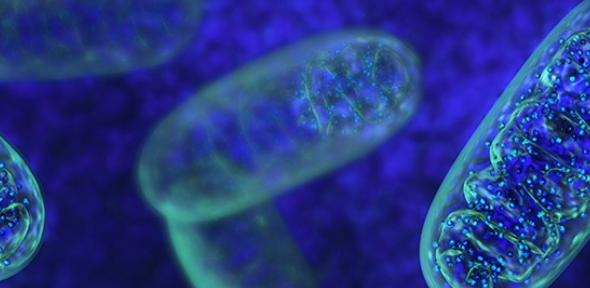
Submitted by Sophie Milbourne on Mon, 30/01/2023 - 00:00
Parkinson’s disease is a complex neurodegenerative disorder, and currently there is no cure. With 1 in 37 people alive today in the UK predicted to be diagnosed with Parkinson’s in their lifetime, finding new ways to diagnose earlier and delay the progression of the disease is urgently needed.
Although most cases of Parkinson’s disease are not linked to a particular gene or mutation, there are a few exceptions. Dysfunction of the mitochondria – an organelle that generate most of the energy our cells need – is a characteristic of Parkinson’s and mutations in a gene called PINK1 – which is vital for mitochondria to work – causes the disease, but how PINK1 mutations result in the condition wasn’t known.
In a recent study from the Martins lab, they reveal that flies – a powerful model for Parkinson’s disease – and human cells that have a mutation in the PINK1 gene consume a larger than usual amount of cysteine – a naturally occurring amino acid found in high-protein foods. As a result of this increased cysteine metabolism, the researchers also found it coincided with a decrease in a molecule called gluthathione. This antioxidant is usually produced from cysteine, so unsurprisingly as the cells were consuming more of it, there was less around to produce gluthathione, which is crucial for cells to combat substances that damage cells in Parkinson’s disease. These findings potentially point to a common disease mechanism that could be exploited for therapeutic development.
Marco Travaglio, first author of the paper, said:
“There are currently several clinical trials investigating the positive effects of cysteine or similar compounds for Parkinson’s patients. The main implication of our study was to provide additional evidence to the beneficial role of cysteine in fighting dangerous changes in the brain of these patients. Our and other studies conclusively prove that cysteine has a very important but often neglected role in the cascade of events that leads to the development and progression of Parkinson’s disease. More studies are needed but I think our study provides a good proof of concept.”
‘Increased cysteine metabolism in PINK1 models of Parkinson’s disease’ was published on 25th January 2023 in the journal Disease Models and Mechanisms. Read the full publication here.

